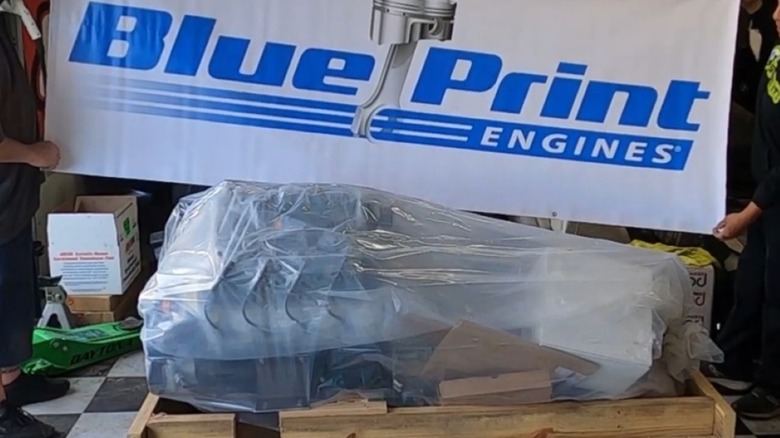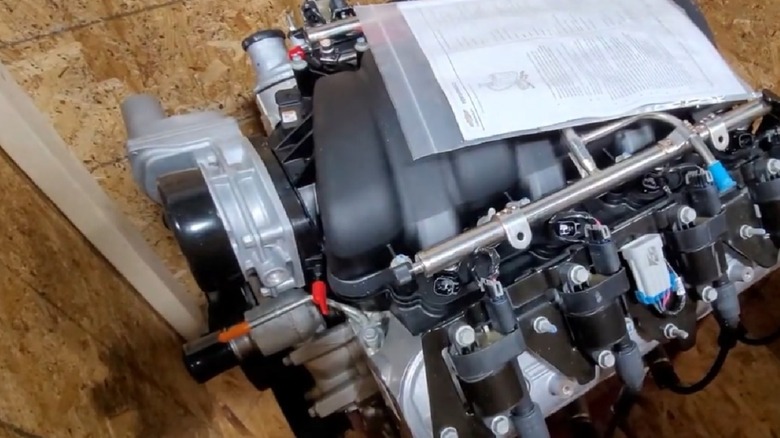Why Are Most Crate Engines V8s?
Saying that most crate engines are of the V8 variety is somewhat erroneous, depending on your definition of "crate engine." Before entering into this discussion, the first thing you know anything about crate engines is that, by definition, they are engines that are shipped from an engine assembler to the engine installer in wooden crates, hence the "crate engine" name.
Over the last 40 years, I've been the recipient of crate engines destined to fit lawnmowers, motorcycles, and cars. As such, I'm confident that if we consider the volume of engines with cylinder arrangements other than the V8, we'll find that most crate engines are not V8s.
However, as performance automotive enthusiasts, we tend to focus our attention on V8 engine offerings when discussing crate engines. This trend has likely formed a colloquialism of the crate engine definition, leaning the term in favor of higher-performance varieties, summarized by the notion that "most crate engines are V8s." Searching websites for "crate engines" reinforces that trend.
The most powerful crate engines you can buy from Ford, Dodge, and Chevrolet, as well as other notable engine builders, are indeed, most often, of the V8 variety. However, the inline six-cylinder Hurricrate ranks among the most powerful Mopar crate engines you can buy for less than $15,000. Of course, the 550-horsepower Cat3 Hurricrate is no match for the most powerful Dodge crate engine ever built, a 1,500-horsepower 7.0-liter HEMI V8 from Direct Connection, but it is about $45,000 cheaper.
Why is the V8 so popular among crate engines?
The popularity of V8 crate engines likely derives from familiarity. Over the years, the V8 engine layout was the go-to design for most muscle cars. That popularity creates demand, which fuels the well-known law of supply and demand. As demand drives engine builders to create more supply, competition, even at the engine component level, leads to lower prices and better craftsmanship. While some crate engines, like the 1,500-horsepower HEMI mentioned above, are extremely expensive, they are outliers among more popular crate engine options. This makes the V8 crate engine a good value for anyone building a classic car with decent performance.
Another reason behind the popularity of the V8 crate engine is that the V8 belongs in so many classic cars. While a number of early muscle cars, including the Ford Mustang and Chevy Corvette, were initially powered by six-cylinder engines, it's rare that anyone would forgo V8 power when restoring such classics. In fact, upgrading to the LS engine is likely the most popular engine swap among gearheads.

